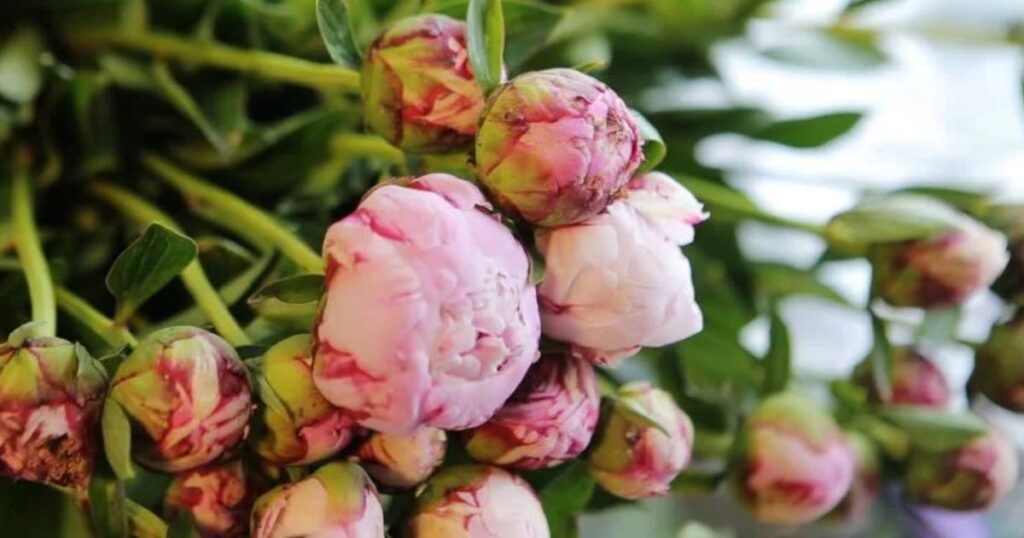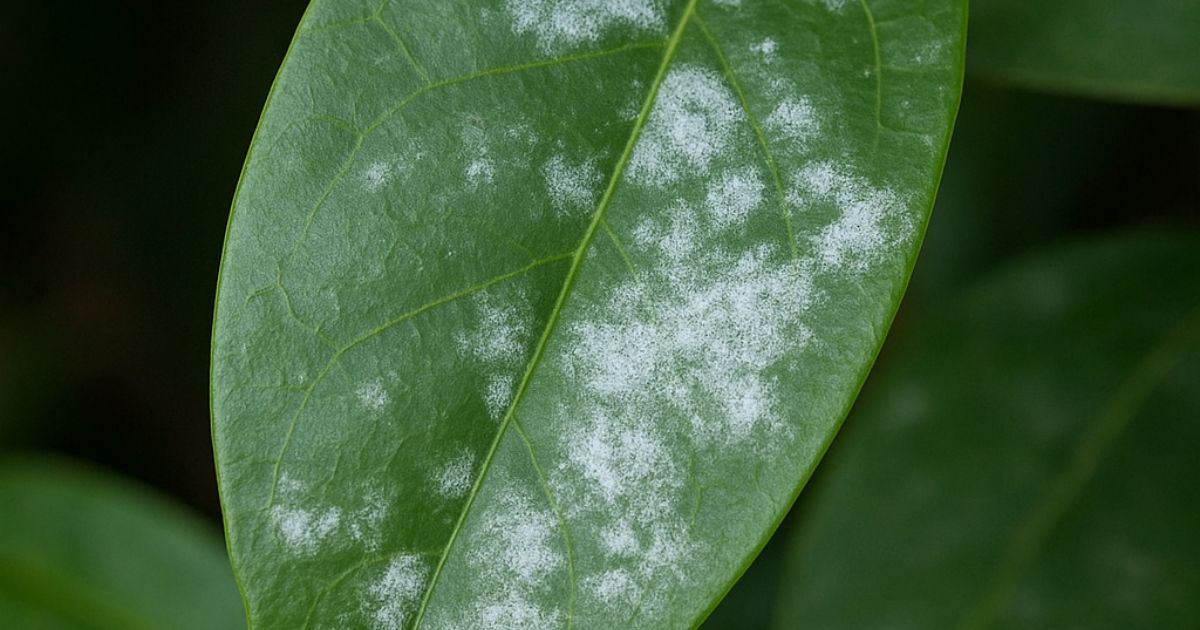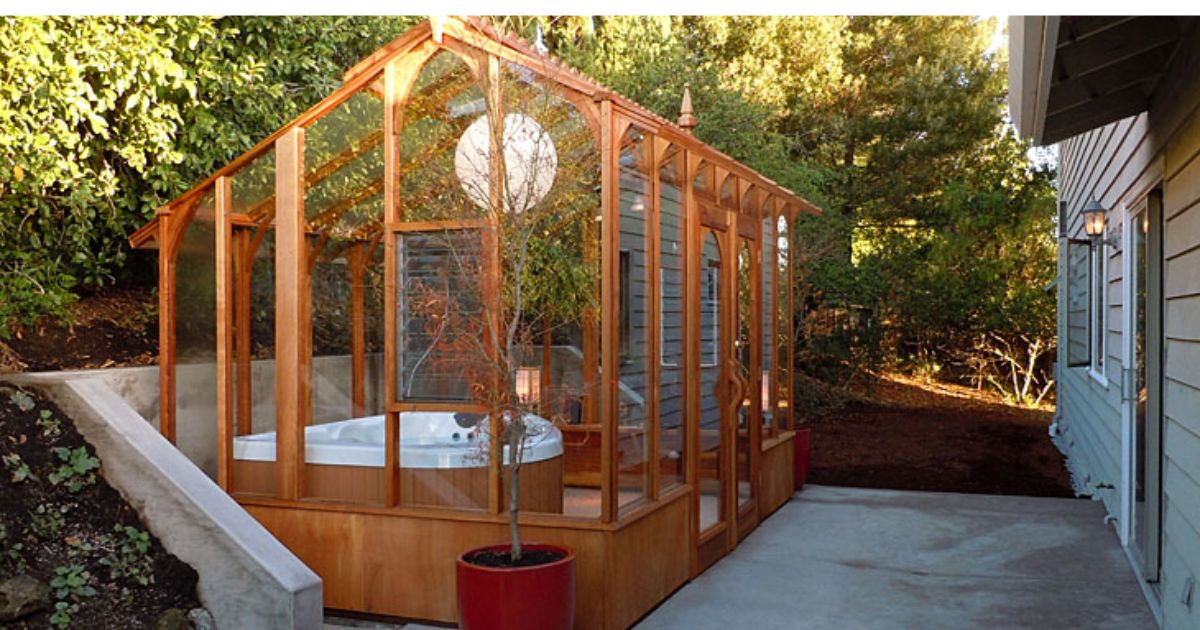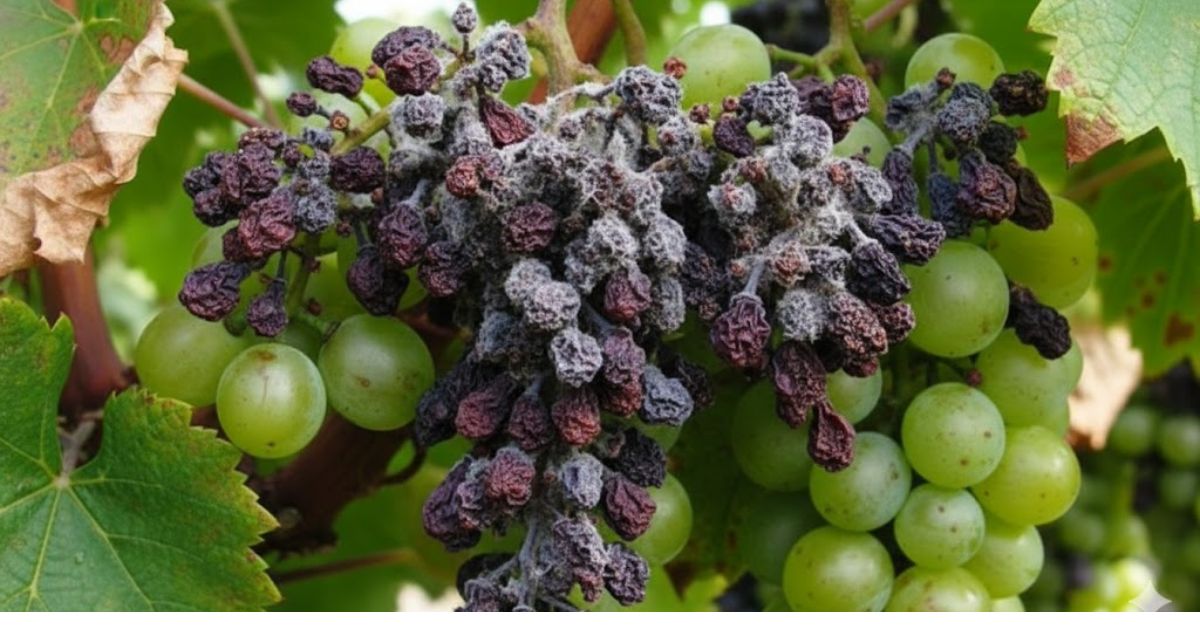Peonies are beloved garden favorites, admired for their large, fragrant blooms and vibrant colors that bring elegance to any landscape. However, nothing is more disappointing for a gardener than seeing these stunning flowers suddenly droop or wilt. Wilting peonies can be a sign that something isn’t quite right, from watering issues to pests or even weather stress.
Understanding why your peonies are wilting is the first step to helping them recover and thrive again. In this guide, we’ll explore the most common reasons behind peony wilting, how to identify each cause, and practical steps you can take to bring your plants back to full health. Whether you’re a seasoned gardener or a beginner, these tips will help keep your peonies strong, upright, and blooming throughout the entire season.
Understanding Peony Wilting
Wilting in peonies can look alarming, but it’s not always a sign of permanent damage. To tackle the problem effectively, it’s essential to understand what wilting actually means and what it tells you about your plant’s health.
When a peony wilts, you may notice drooping stems, limp petals, or leaves that curl and lose their vibrant green color. In some cases, the flowers might even bend close to the ground, making the plant look lifeless. This happens when the plant’s normal flow of water and nutrients from the roots to the leaves and blooms is disrupted.
It’s also crucial to distinguish between temporary drooping and true wilting.
- Temporary drooping often occurs after heavy rain, strong winds, Why Fall is the Best Time to Plant Trees or during the hottest part of the day. Once the weather cools or the water drains, the plant usually recovers.
- True wilting, on the other hand, is a sign of ongoing stress, such as root rot, dehydration, or disease, and requires immediate attention.
By observing the timing, pattern, and severity of the wilting, Peony fungal disease you can often pinpoint the underlying cause and take the proper steps to restore your peonies’ health before the damage becomes serious.
Common Causes of Wilting Peonies
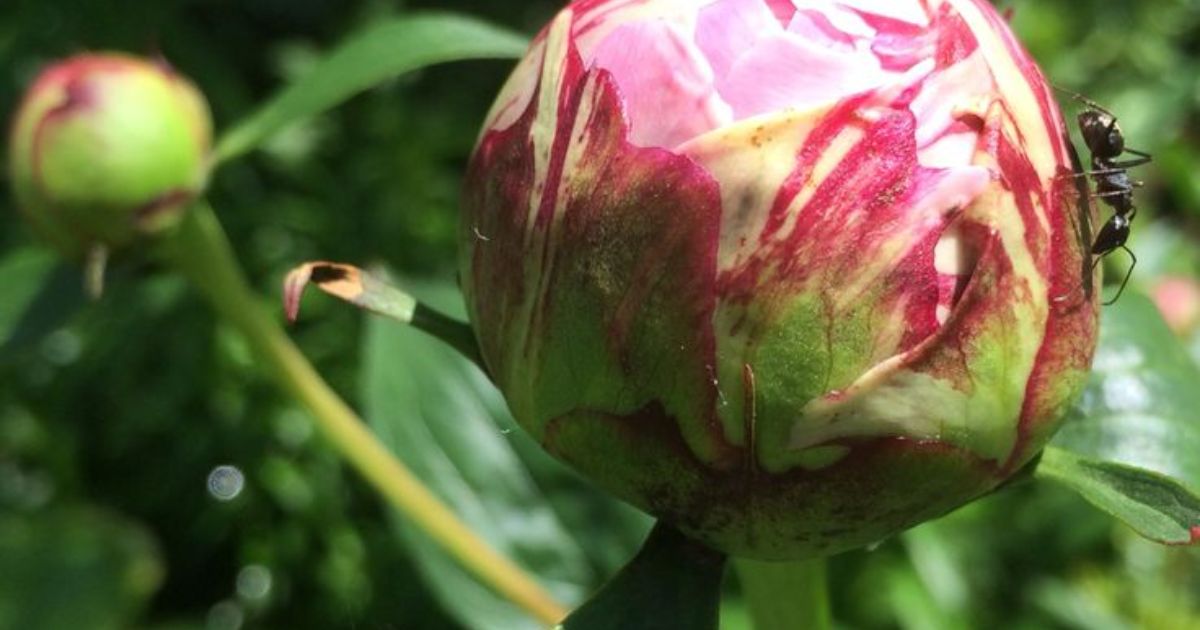
Peonies are generally hardy plants, but several environmental, biological, and care-related factors can cause them to wilt. Identifying the exact reason behind the problem is key to saving your plant and preventing future stress. Here are the most common causes of peony wilting and how each affects your blooms:
Watering Problems
One of the main reasons Inadequate irrigation causes peonies to wilt is that it prevents them from absorbing sufficient water.
- Overwatering: When the soil stays too wet, the roots become waterlogged and deprived of oxygen. This often leads to root rot, which hinders the plant’s ability to absorb nutrients and water properly, causing the leaves and stems to droop.
- Underwatering: On the other hand, if peonies don’t receive enough water, especially during hot or dry spells, they can quickly become dehydrated. The first signs are limp stems and soft, curling leaves.
- Tip: Keep the soil evenly moist but not soggy. Why Is My Clematis Turning Brown Depending on the soil type and weather, water thoroughly once or twice a week.
Improper Sunlight
Peonies love sunlight. They need at least 6 to 8 hours of full sun daily to grow strong and upright.
If planted in too much shade, the stems become weak and leggy, unable to support their heavy blooms, which leads to drooping and wilting. Conversely, excessive heat or direct afternoon sun in very hot climates can cause leaf scorch and stress.
Choose a spot with morning sun and light afternoon shade for optimal growth.
Poor Soil Drainage
Heavy clay or compacted soil retains too much water, resulting in poor drainage. When roots sit in standing water, they suffocate and begin to rot. As a result, the plant can’t transport moisture to its upper parts, causing the leaves to wilt.
Enhance drainage by incorporating compost, Peony stem collapse perlite, or sand into the soil to improve its structure and water retention. Plant peonies in raised beds if your garden tends to retain water.
Pests and Diseases
Several pests and diseases can cause peonies to wilt:
- Botrytis Blight (Gray Mold): This fungal disease is prevalent in peonies. It causes blackened stems, gray fuzzy mold, and sudden collapse of buds or blooms.
- Phytophthora Root Rot: A soil-borne fungus that leads to decayed roots and wilting even when the soil appears moist.
- Aphids and Thrips: These small insects suck sap from leaves and buds, What’s Wrong With My Plant weakening the plant and causing it to droop.
- Tip: Remove and destroy infected parts, improve air circulation, and use a mild fungicide or insecticidal soap when necessary.
Heat and Weather Stress
Extreme temperatures can shock your peonies. Prolonged heat waves dry out the soil quickly, while sudden frost in spring can damage new shoots and buds. Strong winds or heavy rain can also physically bend stems, leading to a wilted appearance.
Use stakes or supports for tall peonies and apply mulch to maintain consistent soil moisture and temperature.
Transplant Shock or New Plant Stress
If you’ve recently moved or planted your Peony drooping, temporary wilting is a common occurrence. The roots need time to establish themselves in the new soil, and during this period, the plant may struggle to absorb enough water.
Water newly planted peonies regularly and avoid disturbing their roots until they’re well-established.
How to Revive Wilting Peonies
Seeing your peonies wilt can be disheartening, but with the proper care and quick action, you can often bring them back to full health. The key is to identify the cause early and follow a few simple but effective recovery steps. Here’s a complete guide to reviving wilting peonies:
Check the Soil Moisture
Start by feeling the soil around your Peony bud blast. 5 Essential Benefits of a Drainage Layer in Green Roofs If it’s dry several inches below the surface, your plants are likely dehydrated. If it’s soggy, overwatering, or poor drainage might be the culprit.
What to do:
- For dry soil: Water deeply until the ground is moist but not waterlogged.
- For soggy soil: Stop watering temporarily and improve drainage by loosening the soil or adding organic matter.
Improve Drainage Conditions
Poorly drained soil suffocates roots, leading to rot. After rain or watering, it’s critical to address any standing water.
What to do:
- Mix compost or perlite into the soil to increase aeration.
- Raise your planting bed or create gentle slopes to help excess water flow away.
Prune Affected Parts
Remove wilted, diseased, and damaged blooms, leaves, and stems to stop the spread of illness and reroute
What to do:
- Use clean, sharp pruning shears.
- Cut back any blackened or moldy stems just below the affected area.
- Dispose of the debris do not compost diseased parts.
Adjust Sunlight and Temperature Exposure
If your peonies are wilting due to excessive sun or heat, providing temporary shade can help them recover.
What to do:
- Move potted peonies to a spot with morning sun and afternoon shade.
- For garden peonies, use shade cloths during heatwaves to protect them from excessive heat.
- Avoid planting them under dense shade where air circulation is poor.
Water Consistently and Properly
Inconsistent watering can often stress peonies, resulting in drooping stems and leaves.
What to do:
- Water deeply once or twice a week, What Is Perlite? Everything You Need to Know for Gardening & More depending on the weather.
- Always water at the base, keeping the foliage dry to prevent fungal growth.
Treat Pests and Diseases
If you suspect an infection or insect damage, treat the issue promptly.
What to do:
- Use a fungicide to control fungal diseases such as Botrytis blight or root rot.
- Improve air circulation around plants to keep them dry and healthy.
Feed Your Peonies
Weak or nutrient-deficient peonies may wilt because they lack the energy to support healthy blooms.
What to do:
- Apply a balanced fertilizer (10-10-10 or 5-10-5) in early spring and again after the flowers bloom.
Be Patient
After correcting the issue, give your peonies time to recover. New growth may take a few weeks to appear, especially if the roots were stressed. Continue monitoring the soil, water, and sunlight regularly to ensure lasting health.
Preventing Peony Wilting in the Future
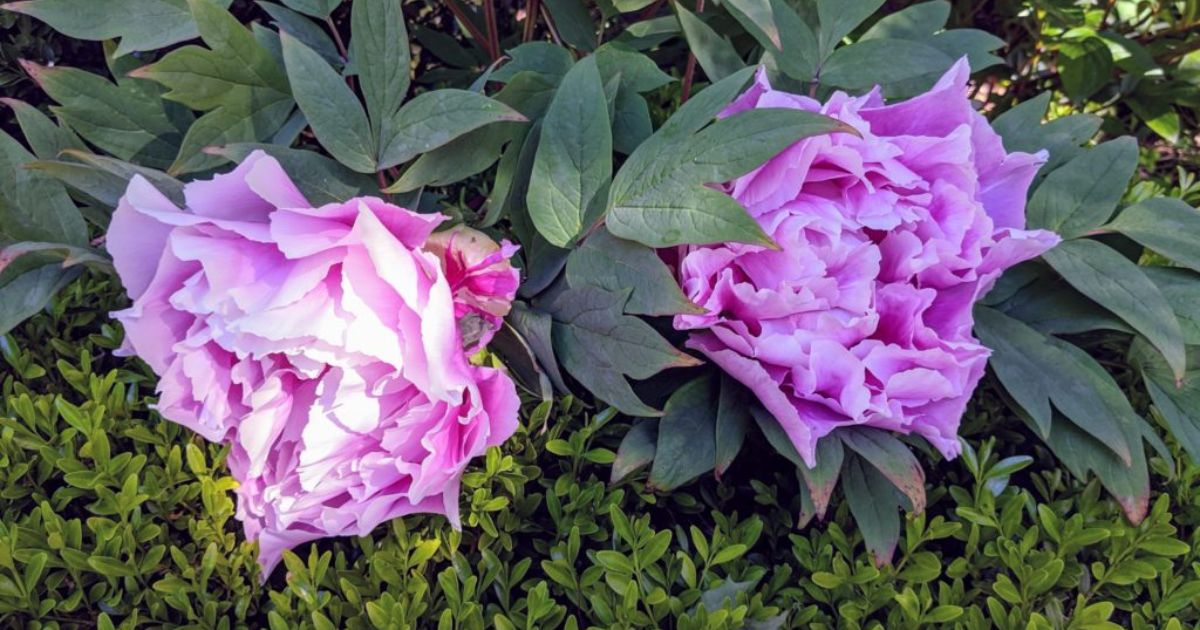
Once your peonies have recovered, it’s essential to take preventive steps to keep them healthy and vibrant year after year. Proper planting, care, and maintenance can make all the difference in preventing future wilting. Here’s how to ensure your peonies stay strong and full of life:
Choose the Right Planting Location
Peonies thrive in full sunlight, needing at least 6–8 hours of direct sun daily.
To prevent fungal infections, choose a location with adequate air circulation.
- Maintain a pH level of 6.5 to 7.0, which is slightly acidic to neutral. And water.
- Ensure the site isn’t prone to waterlogging or standing water.
Use Well-Draining, Nutrient-Rich Soil
Healthy soil is the foundation of healthy peonies.
- Mix compost, aged manure, or organic matter into your garden bed before planting.
- If your soil is clay-heavy, consider adding sand or perlite to improve drainage.
Water Wisely
- Water deeply once a week during dry periods, rather than shallowly watering daily.
Practice Proper Pruning and Cleaning
Peonies benefit from regular pruning and seasonal cleanup.
- After blooming, deadhead spent flowers to prevent energy waste.
- In late fall, cut the plant back to ground level to eliminate overwintering pests and diseases.
- Always use clean, sterilized tools when pruning.
Fertilize for Balanced Growth
Over- or under-fertilizing can lead to weak, drooping plants.
- Apply a balanced, slow-release fertilizer (such as 10-10-10) in early spring when shoots emerge.
- Avoid high-nitrogen fertilizers, which promote excess foliage over blooms.
- Replenish nutrients annually with compost or organic fertilizer.
Provide Support for Heavy Blooms
Large peony blooms can become top-heavy, especially after rain, causing the stems to bend or break.
- Install peony rings or stakes early in the season before buds develop.
- Tie stems gently with soft garden ties to prevent damage.
Protect from Weather Extremes
Unpredictable weather can stress Peony overwatering, causing them to wilt and decline.
- Use a layer of mulch to insulate roots from temperature swings.
- In hot climates, offer partial afternoon shade.
- During unexpected frost, cover plants lightly with a cloth or frost blanket.
Watch for Pests and Diseases Early
Regular inspection helps catch issues before they cause severe damage.
- Check leaves and stems weekly for signs of mold, spots, or insects.
- Space plants adequately to promote airflow and reduce humidity buildup.
- Rotate fungicides or organic treatments if you’ve had past disease problems.
Be Patient with Young Peonies
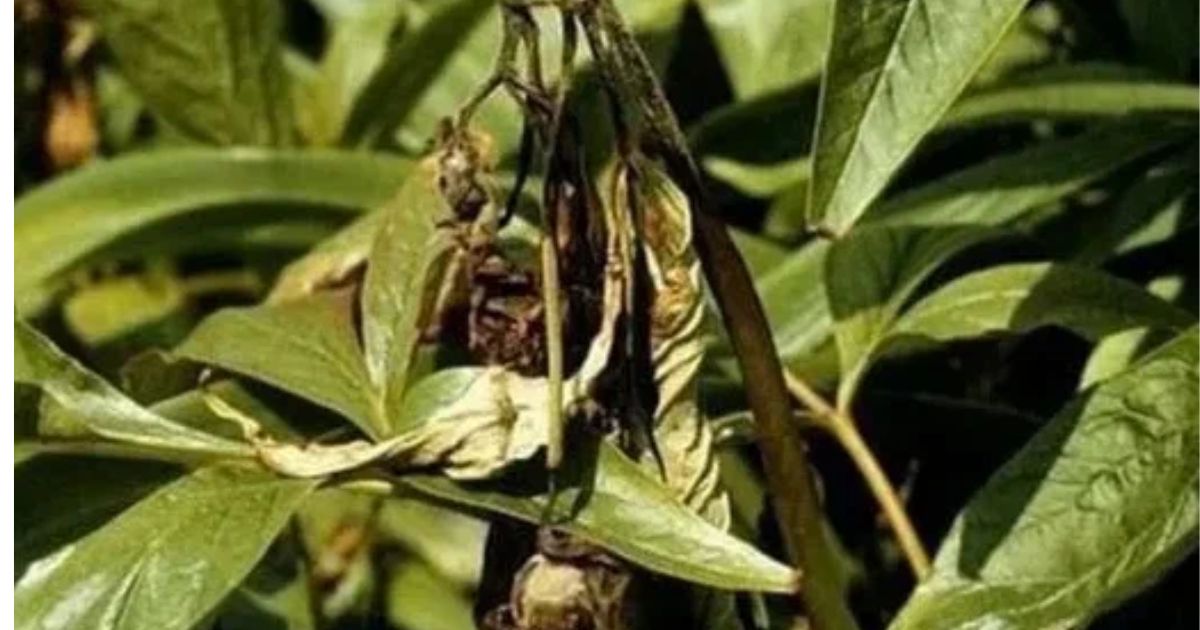
Newly planted peonies may take a couple of years to establish and bloom fully. During this period, mild drooping or stress is normal.
Focus on providing steady care, and they’ll reward you with stronger growth and vibrant flowers in the coming seasons.
Conclusion
Wilting peonies can be frustrating, especially when you’ve nurtured them with care and anticipation for their beautiful blooms. However, wilting is often the plant’s way of signaling that something isn’t quite right, whether it is due to too much or too little water, poor drainage, pests, or simple weather stress. The good news is that with a bit of observation and timely action, most peonies can bounce back to their full, lush glory.
By understanding the common causes of wilting and following preventive measures like proper watering, soil care, and disease control, you can keep your peonies thriving year after year. Remember, peonies are hardy and resilient plants. Once their growing conditions are balanced, they’ll reward you with vibrant, long-lasting blooms that make your garden truly spectacular.A little patience and consistent care go a long way in ensuring your peonies remain healthy, happy, and free from wilting for seasons to come.
FAQ
Why are my peonies wilting right after blooming?
Peonies often wilt after blooming because their large, heavy flowers can weigh down the stems, especially after rain. It can also happen if the plant is dehydrated or experiencing heat stress. Using supports and keeping a consistent watering schedule can help prevent post-bloom drooping.
Can peonies recover from wilting?
Yes, most wilting peonies can recover if the underlying issue is addressed early. Check the soil moisture, trim off any diseased or dead parts, and ensure the plant receives proper sunlight and drainage. With consistent care, your peonies will perk back up within a few days to a week or two.
Should I cut off wilted peony flowers?
Yes. Deadheading wilted or spent blooms prevents the plant from wasting energy on seed production, allowing it to focus on strengthening its roots and stems. Always use clean pruning shears to remove the wilted parts of the plant.
How often should I water peonies?
Peonies typically need deep watering once a week, depending on your climate and soil type. During dry or hot periods, increase watering frequency slightly. Steer clear of overwatering, as damp soil can lead to root rot and wilting.
What kind of soil is best for peonies?
Peonies thrive in well-draining, fertile soil with a pH between 6.5 and 7.0. To enhance drainage and avoid root rot, heavy clay soil should be supplemented with perlite or compost.
Why do my peonies wilt in hot weather?
High temperatures cause increased evaporation and can lead to dehydration. During heatwaves, provide afternoon shade to help retain water and control soil moisture. Apply a layer of mulch. Temperature.

